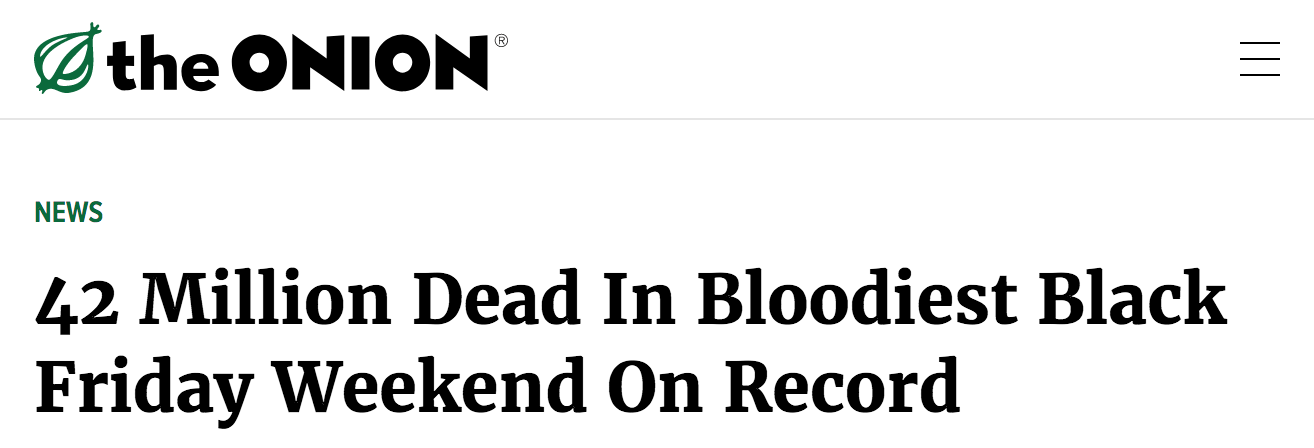Every year as Thanksgiving approaches, so does Black Friday. All of sudden our computer screens and TV commercial breaks are filled with exclamations of the best deals of the year. Even in researching this post. I got this black Friday Kohls ad:
Black Friday is more than the headlines and videos of people being trampled to get a cheap TV.
Black Friday tells an economic story of trickery.
A mystery to the average consumer is how stores are able to make money when everything is on sale. First, this idea of “everything” being on sale is false. Retailers in reality use “doorbusters,” like TV, to get you in the door. While the retailers may not make a profit on those items, but you usually don’t just buy that doorbuster. The hope is that when you come in to buy that TV you’ll also buy the full price HDMI cable, mounting bracket and maybe a pair of headphones. They will also hook you into buying a warranty you don’t really need and probably will never use. Retailers rely on you buying not just that tantalizing sale item to make Black Friday successful.
In a 2012 New York Magazine article, Kevin Roose analyzed some of the behavioral economic theories behind Black Friday. In the article, he calls black Friday “a nationwide experiment in consumer irrationality, dressed up as a cheerful holiday add-on.” We already discussed the use of doorbusters to get you in the door and ancillary items like a warranty which sound great. The also used implied scarcity to convince you that you of a limited quantity of an item, which makes the deal you are getting seem even more valuable.
Stores also capitalize on consumers irrational escalation. Black Friday is made up of a series of bad decisions on the part of the consumer, including going to the mall before the sun rises. Once a customer is at a store they don’t know when to stop spending. This is known as “sunk cost fallacy,” when people don’t know when to stop something that isn’t profitable. Retailers are using careful and subtle manipulation to make Black Friday a success for them.
Retailers’ behavioral economic magic works. In 2016, according to the National Retail Federation, 99.1 million people shopped in stores over Black Friday weekend and another 108.5 shopped online. They also found that the average person spent $289.19 over the weekend.
Sources:
http://fortune.com/2016/11/29/cyber-monday-2016-sales/
https://www.theatlantic.com/business/archive/2014/11/11-economic-lessons-to-make-you-a-smarter-shopper-for-black-friday/383236/
https://www.thebalance.com/what-is-black-friday-3305710
http://nymag.com/daily/intelligencer/2012/11/black-friday-a-behavioral-economists-nightmare.html


Leave a Reply
You must be logged in to post a comment.